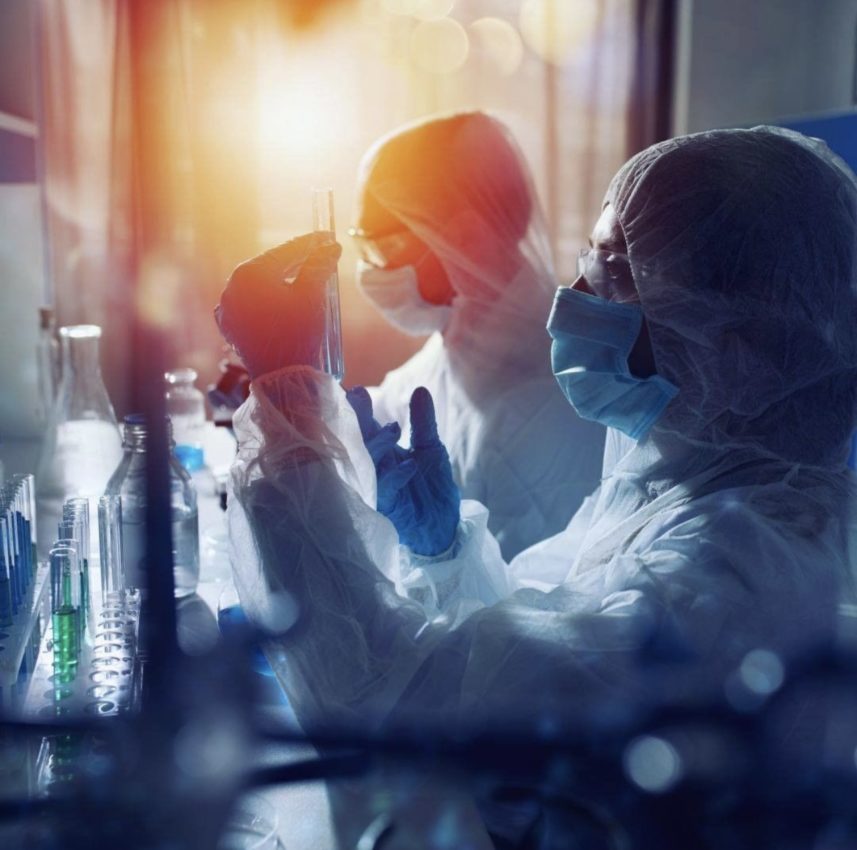
Students and researchers at the University of Saskatchewan now have a new means of overcoming COVID-19 barriers to meet one another.
The U of S Student Undergraduate Research Experience initiative is a co-curricular credit program. Participants choose 10 hours of events and webinars to attend in the categories of communication, research management and professional development.
Merle Massie, PhD, started the SURE program in spring 2020 as a way for students to develop foundational research skills and receive credit for any research done in their classes, summer jobs or with faculty.
“I just wanted a way to gather up that additional work and additional training that students undertake and find a way to get that onto their transcript,” Massie said.
On Oct. 20, SURE hosted its first student-faculty mixer, which over two dozen students and nine faculty members attended virtually.
Odette Wills, a student studying mathematics and beginning a master of science in biostatistics next year, found the mixer and other SURE events useful as a learning platform.
“In the beginning, I thought that I would never be interested in research, and now I am,” Wills said.
Wills also found that the program has made research opportunities more accessible to students.
“As a first-generation [university student], I didn’t really know anything about research. I’m sure there are other first-generations that don’t really know what to expect,” Wills said.
Mallory Norfield, a third-year animal bioscience major, says that she enjoyed getting to learn about the graduate school process through the event.
“From my perspective, [faculty] kind of have the dream job so it’s great to hear how they got there and what they’re doing,” Norfield said.
Norfield says the online format did not make the mixer less effective.
“We were able to be in breakout rooms to chat with faculty in small groups and one-on-one with them, and then they also did an overview of their projects,” said Norfield.
Taha Silat, a fourth-year biochemistry student, agrees.
“I feel like the online format makes it a little bit easier because you can break out into rooms, whereas in person you might not do that,” Silat said.
Massie says she expected students to be enthusiastic about the event, but was especially delighted to see faculty members engage. She says that researchers valued the event because of how COVID-19 has limited their ability to meet and recruit students from across the university.
“Faculty really do appreciate interdisciplinary students, students coming in who maybe have slightly different disciplinary training, who might think a little bit differently or see a problem in a unique way,” Massie said.
Alec Aitken, a professor of physical geography currently helping Inuit communities with habitat mapping of seabeds where they fish, attended the mixer. He says that working with undergraduate students in his lab has “always been enjoyable.”
“They bring new perspectives, they’re always hard-working, they ask really good questions,” said Aitken.
While he did not use the mixer to recruit any new students, Aitken was glad to see new students thinking about research.
“The sooner you acquire [research] skills, the better, so getting in in second year is a really good place to start,” Aitken said.
Aitken’s first research experience was as a second-year undergraduate student in 1978, studying the deposition of carbonate sediments in Eastern Ontario lakes. He tries to convince students that research opportunities are not just for academically high-performing students.
“These opportunities are for everybody. I was a decidedly B+ student when I started off as a research assistant, and so I wasn’t there because I was the sharpest knife in the drawer. It’s just because I had a passion for things that my professors were doing, and I wanted to learn more,” Aitken said.
Using the knowledge and feedback she has gained from coordinating this event, Massie says that SURE intends to host another mixer in November. Details about upcoming SURE events can be found at the website of the Office of the Vice President Research.
—
Sandra LeBlanc | News Editor
Photo: @regionetoscana via Instagram